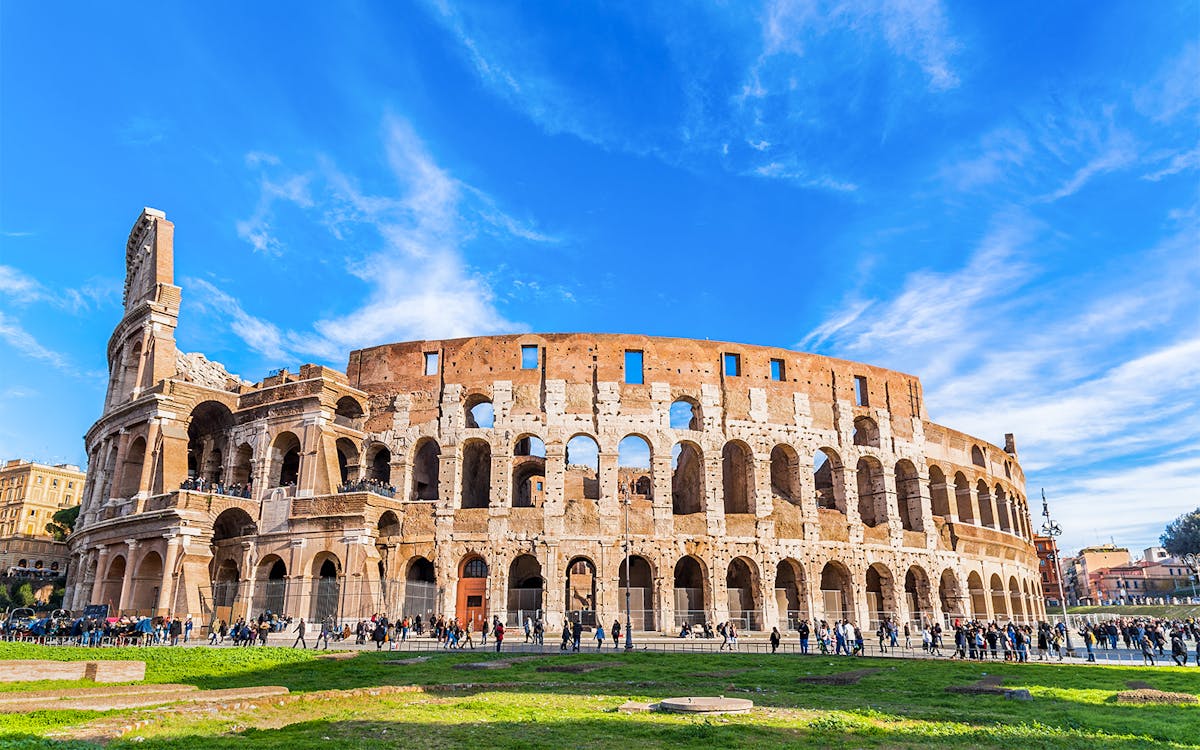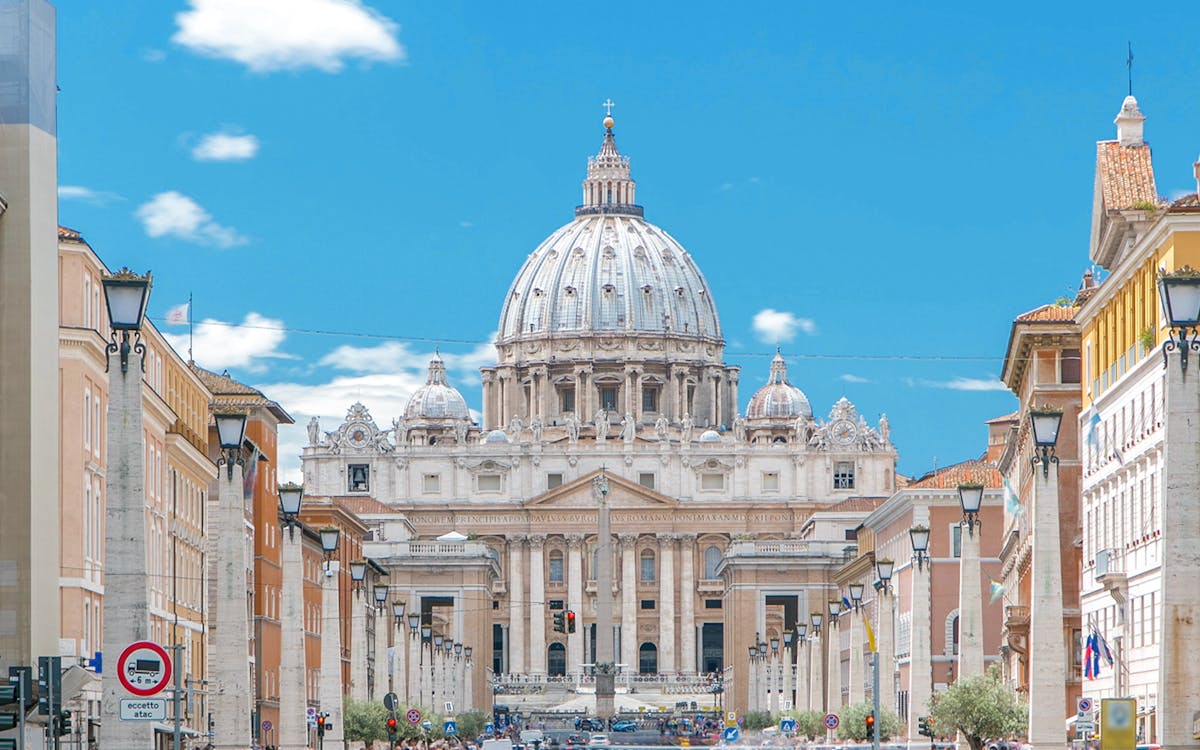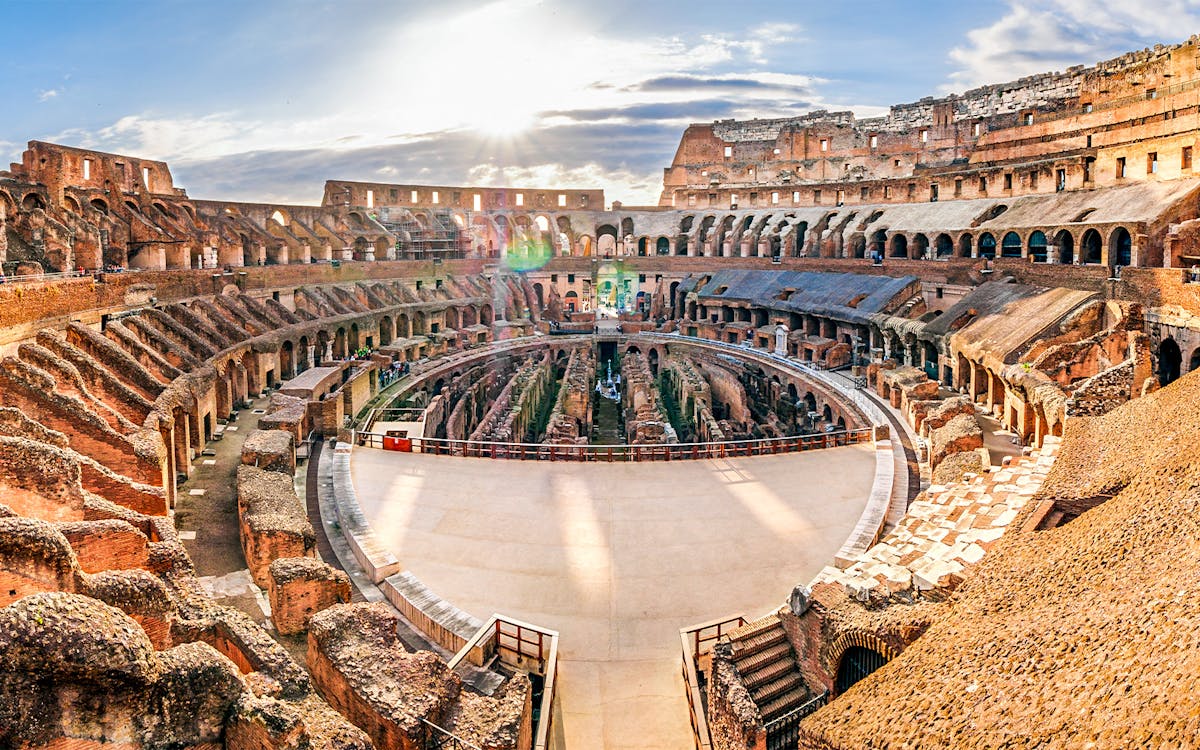The Colosseum is an architectural marvel that still stands today as a testament to the grandeur and ingenuity of ancient Rome. This awe-inspiring amphitheater, also known as the Flavian Amphitheatre, was constructed in 70-80 AD and continues to captivate visitors with its rich history and remarkable design. As you step into its colossal walls, you'll be transported back in time to an era of gladiatorial battles, captivating spectacles, and the roaring cheers of thousands of spectators. From its innovative retractable awning system to the haunting underground chambers where warriors and beasts once awaited their fate, the Colosseum unveils the secrets of a civilization that valued entertainment and displayed architectural prowess like no other. Join us on a journey of discovery as we delve into the intriguing world of the Colosseum and unlock its hidden wonders.
The Colosseum - Facts To Know
#1 Back in the day, the Colosseum had a retractable awning system called the velarium, made of canvas, that could be extended to shield the audience from the sun and provide shade. Colosseum is not an engineering marvel for nothing!
#2 Once known as the Flavian Theatre with a capacity of almost 50,000 spectators, the Colosseum was not only used for gladiatorial battles but also for naval reenactments. Believe it or not, but the arena could be flooded with as much as 5 feet of water, and mock naval battles, known as 'naumachiae', were staged.
#3 The Colosseum was mainly built by tens of thousands of Jewish slaves captured during the Roman conquest of Jerusalem in 70 AD. It was faced with travertine stone, a type of limestone that was quarried from a nearby town called Tivoli, approximately 22 miles away.

#4 Colosseum has seen many uses since its construction aside from gladiator grounds and a theatre. In the middle ages, it was used as a fortified castle, and was briefly used as a quarry for construction materials. The Colosseum was also used as a cemetery by the noble families in the middle ages.
#5 In it's brief stint as a quarry site, the stone from the Colosseum was actually used to build St. Peter's Basilica and the Palazzo Venezia in Rome!

#6 The popes in the 18th century initiated the preservation efforts of the Colosseum, realizing its historical significance. They declared it a sacred site, transforming it into a place of Christian martyrdom.
#7 It underwent significant restoration in the 19th century, with several parts of the amphitheater reconstructed using modern materials such as concrete instead of the original stone.
#8 It is believed that a bronze statue of Nero, the Emperor who initiated the construction of the Colosseum, once stood near the entrance. The statue was later moved and replaced with a statue of Emperor Titus.
#9 It was only in 2018 that a section of the Colosseum's upper tier was opened to the public, providing visitors with a panoramic view of the ancient structure and Rome's skyline.

#10 Contrary to popular belief, not all gladiators fought to the death in the Colosseum. This idea was partly popularised by the 2000 film, Gladiator.Some were actually just highly skilled professionals who enjoyed fame, fortune, and even fan clubs!
Colosseum Tickets

